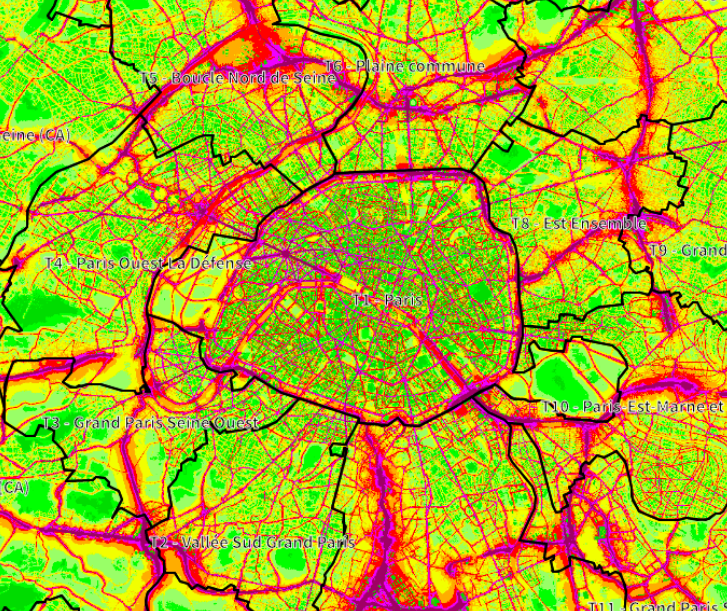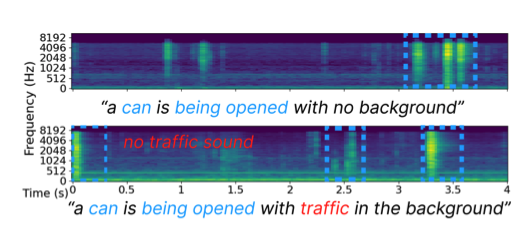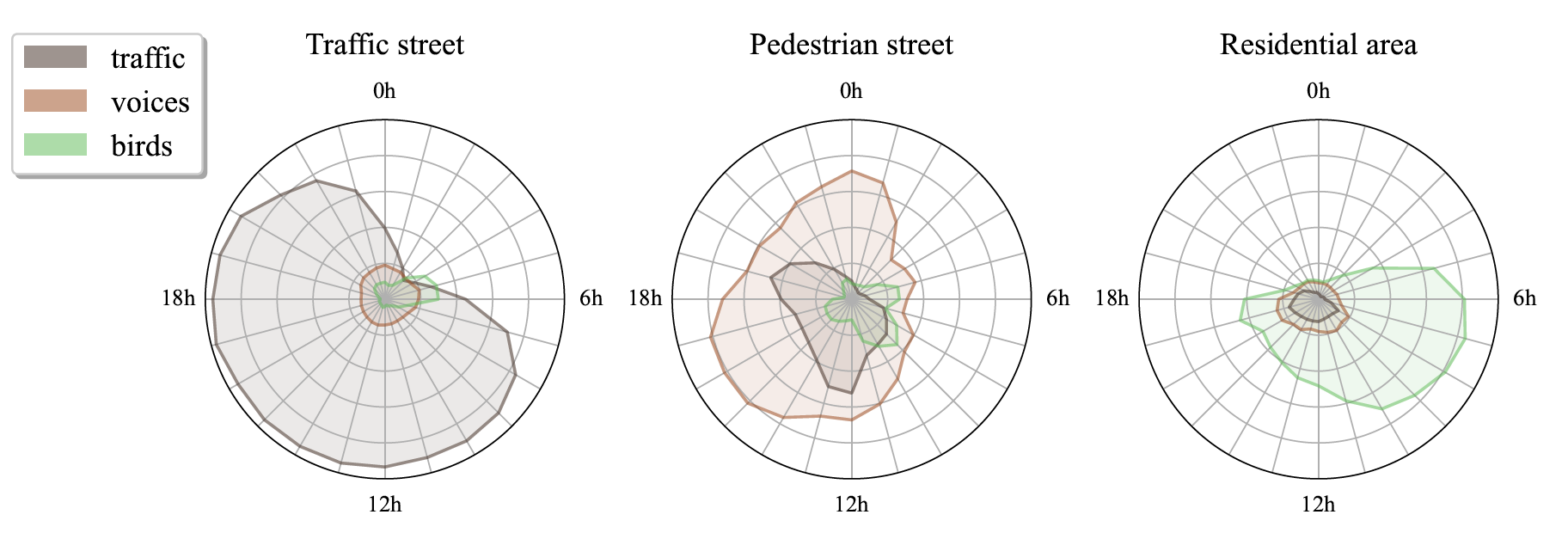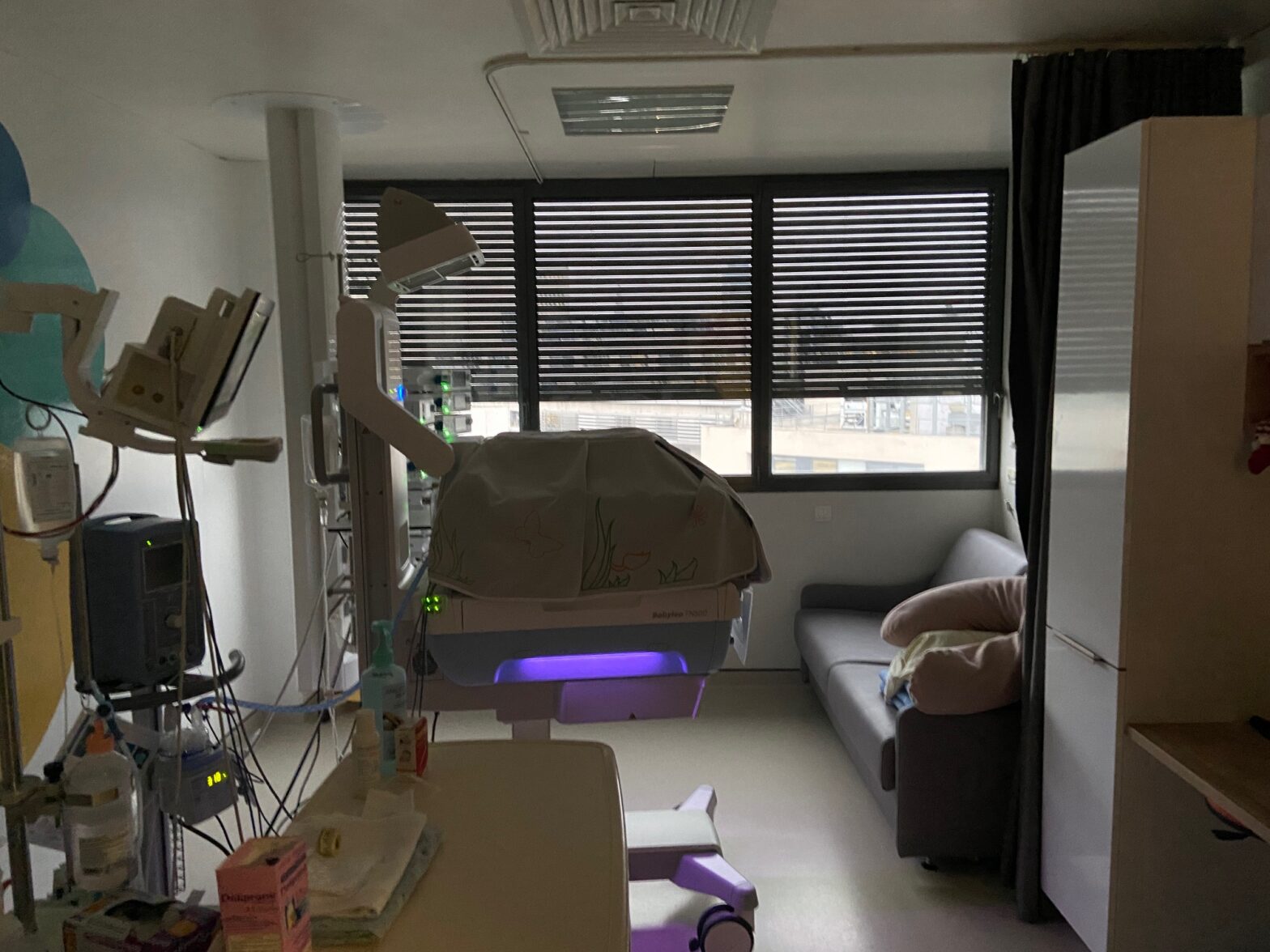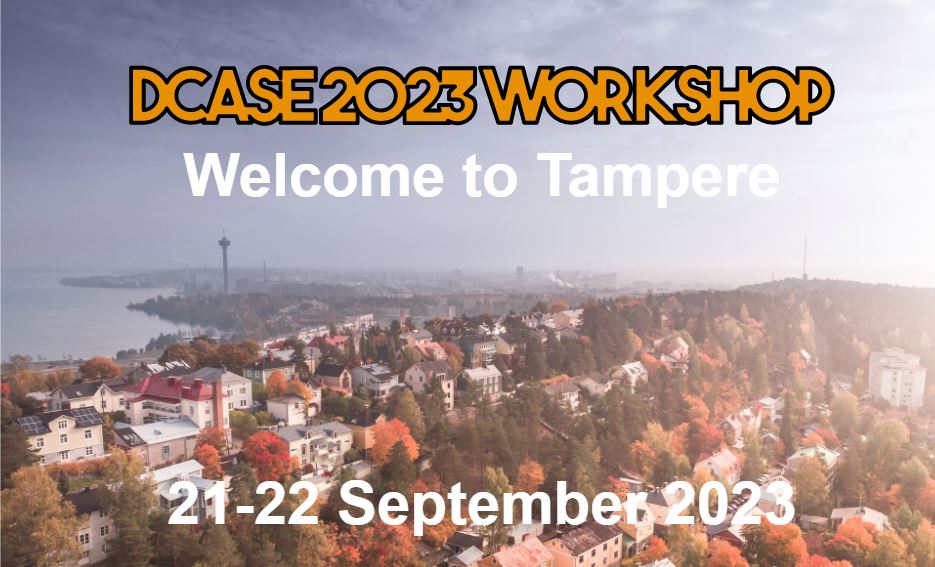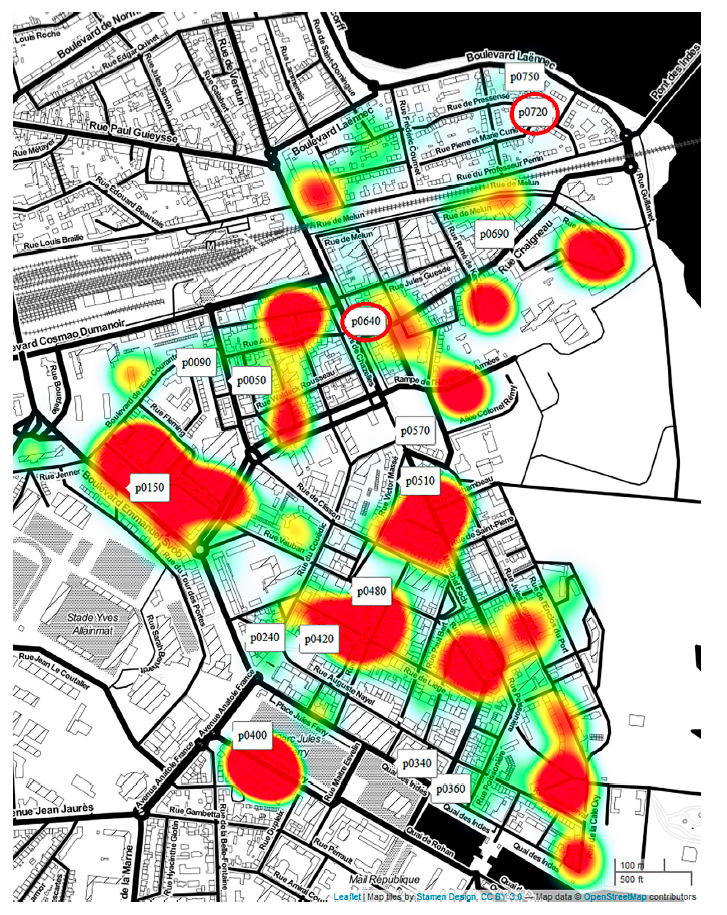Urban noise maps and noise visualizations traditionally provide macroscopic representations of noise levels across cities. However, those representations fail at accurately gauging the sound perception associated with these sound environments, as perception highly depends on the sound sources involved. This paper aims at analyzing the need for the representations of sound sources, by identifying the urban stakeholders for whom such representations are assumed to be of importance. Through spoken interviews with various urban stakeholders, we have gained insight into current practices, the strengths and weaknesses of existing tools and the relevance of incorporating sound sources into existing urban sound environment representations. Three distinct use of sound source representations emerged in this study: 1) noise-related complaints for industrials and specialized citizens, 2) soundscape quality assessment for citizens, and 3) guidance for urban planners. Findings also reveal diverse perspectives for the use of visualizations, which should use indicators adapted to the target audience, and enable data accessibility.
Tag: urban
“Sensing the City Using Sound Sources: Outcomes of the CENSE Project” @ Urban Sound Symposium
Full program at: https://urban-sound-symposium.org/program/
Challenge on Sound Scene Synthesis: Evaluating Text-to-Audio Generation @ NeurIPS Audio Imagination workshop
Despite significant advancements in neural text-to-audio generation, challenges persist in controllability and evaluation. This paper addresses these issues through the Sound Scene Synthesis challenge held as part of the Detection and Classification of Acoustic Scenes and Events 2024. We present an evaluation protocol combining objective metric, namely Fréchet Audio Distance, with perceptual assessments, utilizing a structured prompt format to enable diverse captions and effective evaluation. Our analysis reveals varying performance across sound categories and model architectures, with larger models generally excelling but innovative lightweight approaches also showing promise. The strong correlation between objective metrics and human ratings validates our evaluation approach. We discuss outcomes in terms of audio quality, controllability, and architectural considerations for text-to-audio synthesizers, providing direction for future research.
Detection of Deepfake Environmental Audio @ EUSIPCO
With the ever-rising quality of deep generative models,
it is increasingly important to be able to discern whether the
audio data at hand have been recorded or synthesized. Although
the detection of fake speech signals has been studied extensively,
this is not the case for the detection of fake environmental audio.
We propose a simple and efficient pipeline for detecting fake
environmental sounds based on the CLAP audio embedding. We
evaluate this detector using audio data from the 2023 DCASE
challenge task on Foley sound synthesis.
Our experiments show that fake sounds generated by 44 stateof-
the-art synthesizers can be detected on average with 98% accuracy.
We show that using an audio embedding trained specifically
on environmental audio is beneficial over a standard VGGish
one as it provides a 10% increase in detection performance. The
sounds misclassified by the detector were tested in an experiment
on human listeners who showed modest accuracy with nonfake
sounds, suggesting there may be unexploited audible features.
Sound source classification for soundscape analysis using fast third-octave bands data from an urban acoustic sensor network @ JASA
The exploration of the soundscape relies strongly on the characterization of the sound sources in the sound environment. Novel sound source classifiers, called pre-trained audio neural networks (PANNs), are capable of predicting the presence of more than 500 diverse sound sources. Nevertheless, PANNs models use fine Mel spectro-temporal representations as input, whereas sensors of an urban noise monitoring network often record fast third-octaves data, which have significantly lower spectro-temporal resolution. In a previous study, we developed a transcoder to transform fast third-octaves into the fine Mel spectro-temporal representation used as input of PANNs. In this paper, we demonstrate that employing PANNs with fast third-octaves data, processed through this transcoder, does not strongly degrade the classifier’s performance in predicting the perceived time of presence of sound sources. Through a qualitative analysis of a large-scale fast third-octave dataset, we also illustrate the potential of this tool in opening new perspectives and applications for monitoring the soundscapes of cities.
Correlation of Fréchet Audio Distance With Human Perception of Environmental Audio Is Embedding Dependent @ EUSIPCO
This paper explores whether considering alternative domain-specific embeddings to calculate the Frechet Audio Dis- tance (FAD) metric can help the FAD to correlate better with perceptual ratings of environmental sounds. We used embeddings from VGGish, PANNs, MS-CLAP, L-CLAP, and MERT, which are tailored for either music or environmental sound evaluation. The FAD scores were calculated for sounds from the DCASE 2023 Task 7 dataset. Using perceptual data from the same task, we find that PANNs-WGM-LogMel produces the best correlation between FAD scores and perceptual ratings of both audio quality and perceived fit with a Spearman correlation higher than 0.5. We also find that music-specific embeddings resulted in significantly lower results. Interestingly, VGGish, the embedding used for the original Frechet calculation, yielded a correlation below 0.1. These results underscore the critical importance of the choice of embedding for the FAD metric design.
Machine Listening in a Neonatal Intensive Care Unit @ DCASE
Oxygenators, alarm devices, and footsteps are some of the most common sound sources in a hospital. Detecting them has scientific value for environmental psychology but comes with challenges of its own: namely, privacy preservation and limited labeled data. In this paper, we address these two challenges via a combination of edge computing and cloud computing. For privacy preservation, we have designed an acoustic sensor which computes third-octave spectrograms on the fly instead of recording audio waveforms. For sample-efficient machine learning, we have repurposed a pretrained audio neural network (PANN) via spectral transcoding and label space adaptation. A small-scale study in a neonatological intensive care unit (NICU) confirms that the time series of detected events align with another modality of measurement: i.e., electronic badges for parents and healthcare professionals. Hence, this paper demonstrates the feasibility of polyphonic machine listening in a hospital ward while guaranteeing privacy by design.
Mathieu, Vincent, and Modan present at DCASE
Our group has presented two challenge tasks and two papers at the international workshop on Detection and Classification of Acoustic Scenes and Events (DCASE), held in Tampere (Finland) in September 2023.
Spectral trancoder: using pretrained urban sound classifiers on undersampled spectral representations @ DCASE
Slow or fast third-octave bands representations (with a frame resp. every 1-s and 125-ms) have been a de facto standard for urban acoustics, used for example in long-term monitoring applications. It has the advantages of requiring few storage capabilities and of preserving privacy. As most audio classification algorithms take Mel spectral representations with very fast… Continue reading Spectral trancoder: using pretrained urban sound classifiers on undersampled spectral representations @ DCASE
